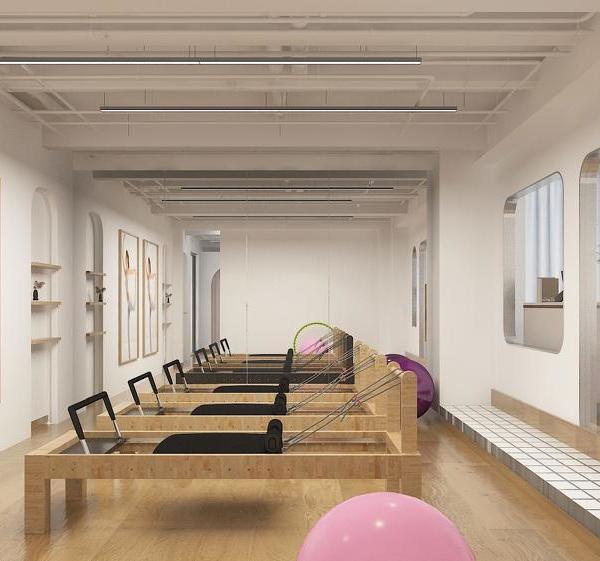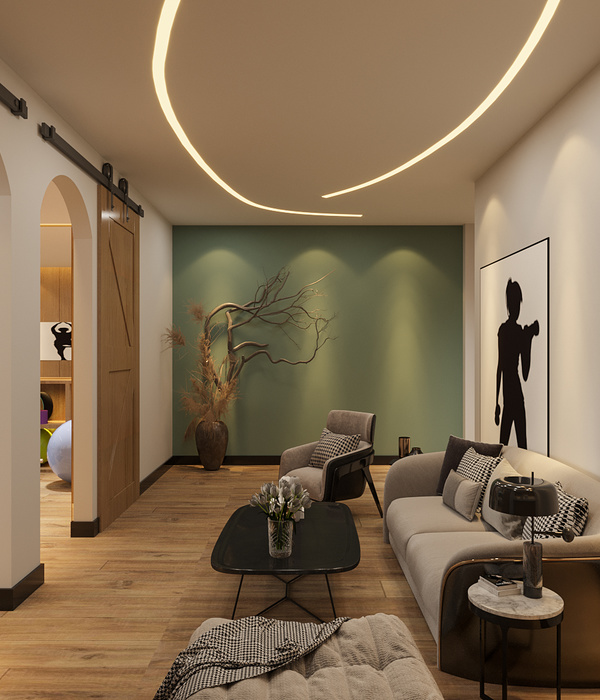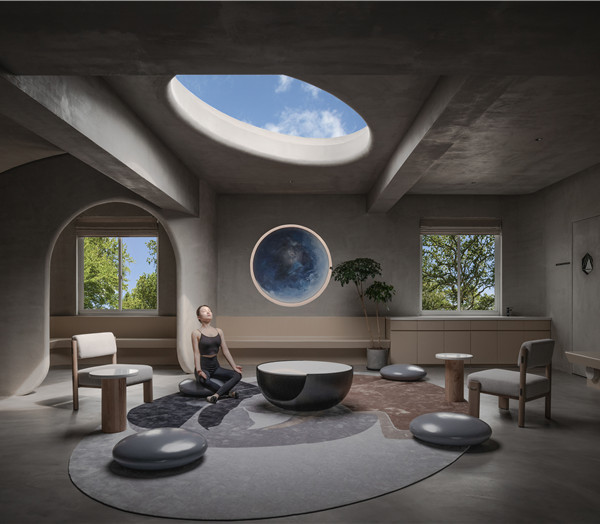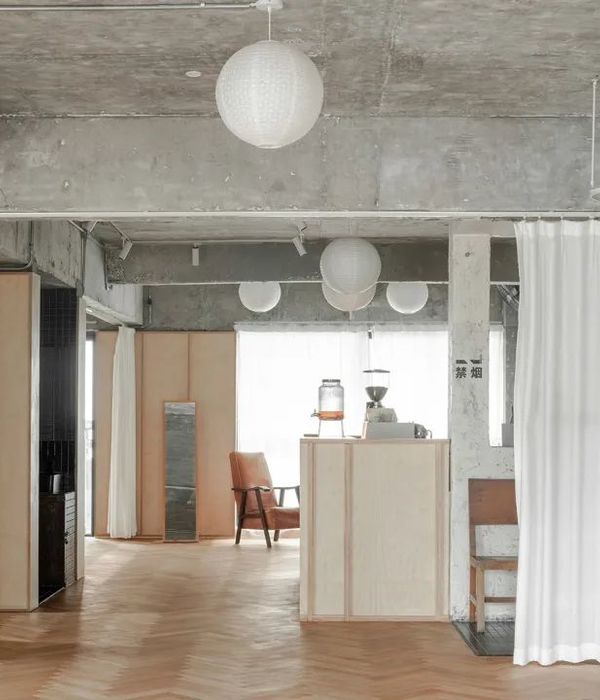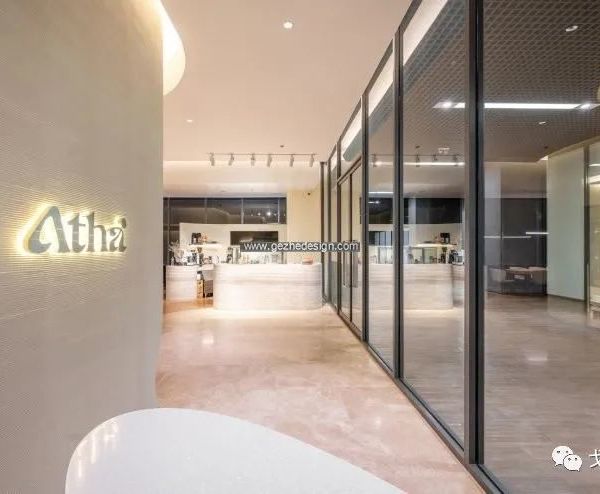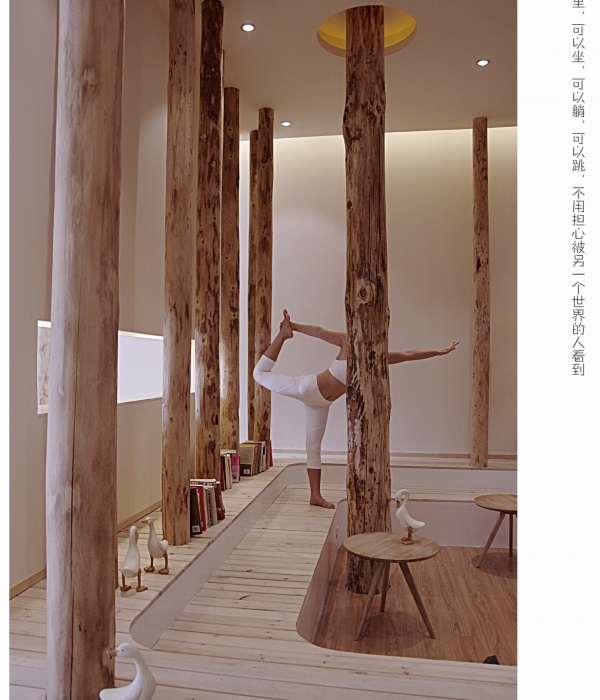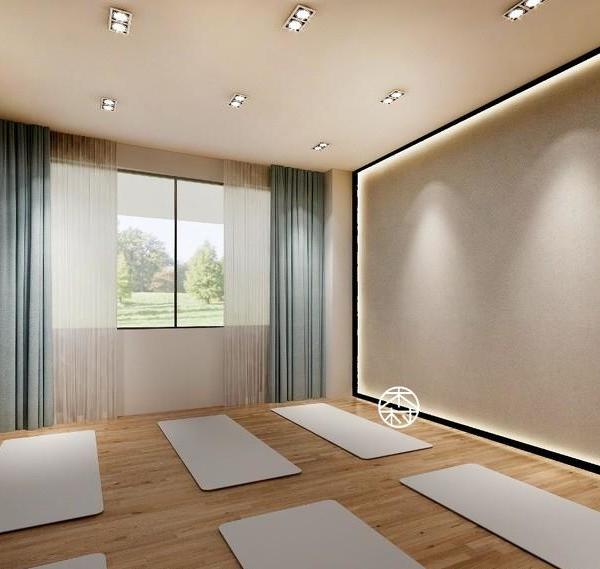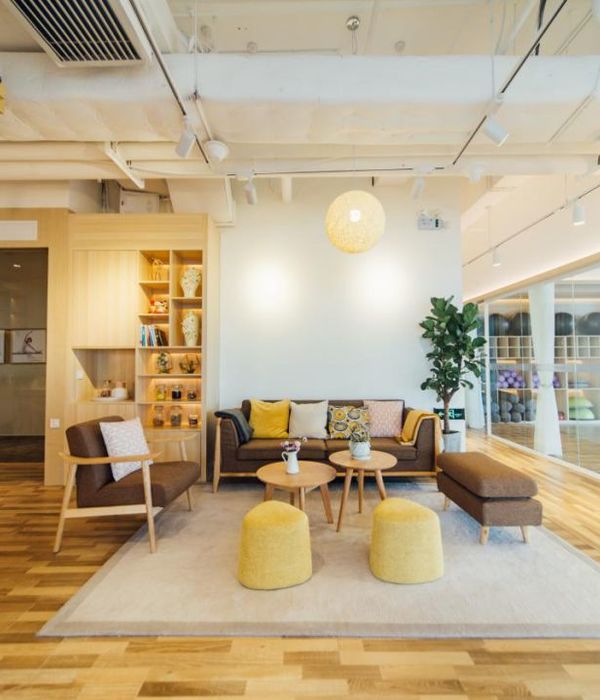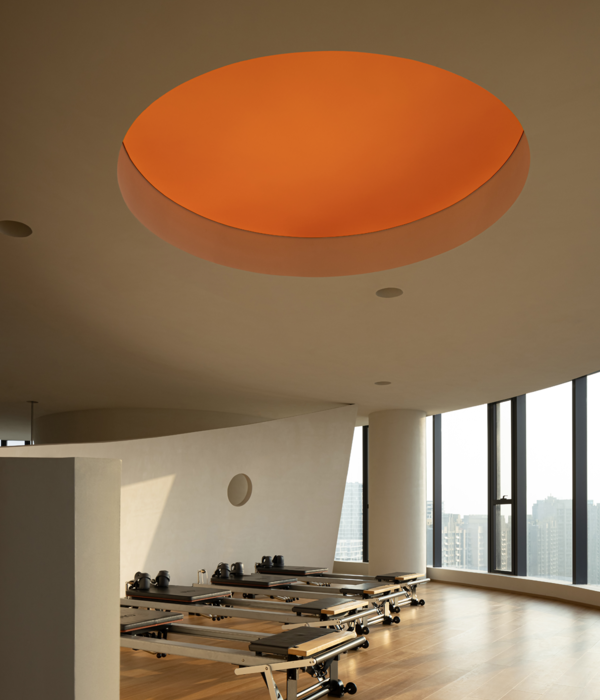Architects:Strasky, Husty a partneri (SHP)
Area :818 m²
Year :2019
Photographs :Larsson Fredrik
Contractor :Veidekke Sverige AB
Geotechnical Engineers :Jan Masopust
Lighting Designer :Jiri Vrba
Architectural And Conceptual Design : Jiri Strasky
Preliminary Design : Pavel Sliwka
Final Design & Construction Engineering : Pavel Sliwka, Petr Stefan, Pavel Kalab
Client/Owner : Umeå Kommun
City : Teg
Country : Sweden
The footbridge, which is situated in the city’s recreation area, connects the river’s left bank with the island of Bölesholmarna and links up to a small bridge bridging the arm of the river. The footbridge connects pedestrian and cyclist trails situated along both river's banks; it also carries electrical and communication cables.
The footbridge consists of a prestressed concrete deck of one span of the length of 179.00 m, which is suspended on two inclined suspension cables of three spans of lengths of 28.80+187.00+29.50 m. The bridge deck has a variable width - from 6.40 m in the middle of the bridge to 8.40 m at the abutments. The maximum sag of the cables is 20.90 m. The bridge deck is assembled of 59 three-meter-long prefabricated concrete segments and two monolithic end cross members.
The streamlined cross-section of the bridge deck consists of only 400 mm deep edge beams and a 140 mm thick bridge deck slab. Each segment is reinforced by floor beams at the joints. Two suspension cables consist of 2x55 mono-strands grouted in steel pipes of 273 mm diameter. The deck is fix connected with suspension cables in the middle of the bridge.
The 30.25 m tall pylons have the shape of the letter A. The pylons’ legs, which are inclined longitudinally and transversely, are assembled from precast, match-cast concrete segments. At the pylons’ tops, anchor boxes of the cables were connected to the legs. The tensile force from the cables is transmitted to the end steel anchor blocks anchored in the footing slabs.
At the abutments the deck is supported by multi-directional bearings; the longitudinal guidance of expansion movements is ensured by guide bearings located in the bridge axis. To reduce the deck’s longitudinal movement due to the live load and dynamic component of the wind load, the deck is connected with the abutments by 2x2 shock-transition units. These units, together with the fixed connection of the suspension cables with the deck at the mid-span guarantee the bridge’s aerodynamic stability.
A simple railing, which is formed by a handrail supported by inclined posts, has rope filling. The walkway is lit by LED lights situated in the handrails.
Utilizing the suspension structural system allowed the designing of a slender and transparent structure whose scale corresponds to the setting and whose shape matches the beautiful countryside where there is no straight line. The structure is light and transparent; it consists of elements that have a human scale. The structure does not overcome the beautiful surroundings, but it complements them. The bridge is comfortable for the users, and its movement caused by walking people or wind does not cause unpleasant feelings to users.
{{item.text_origin}}

